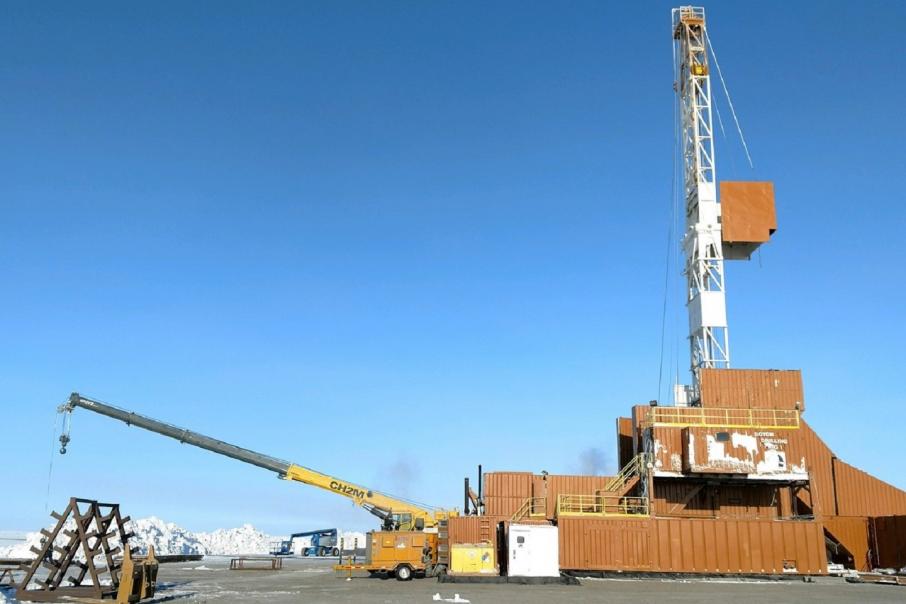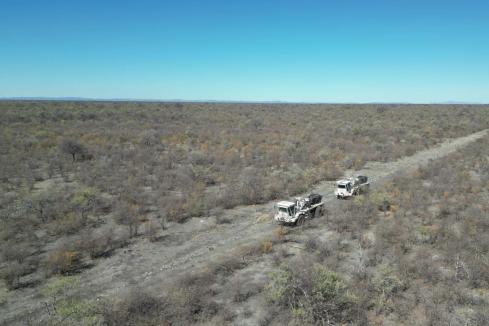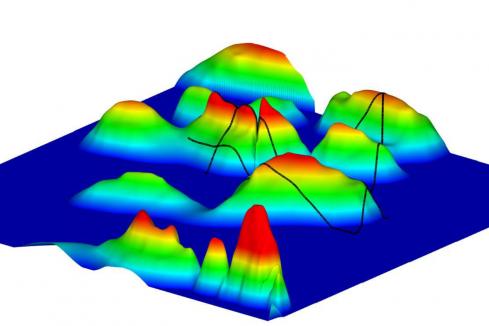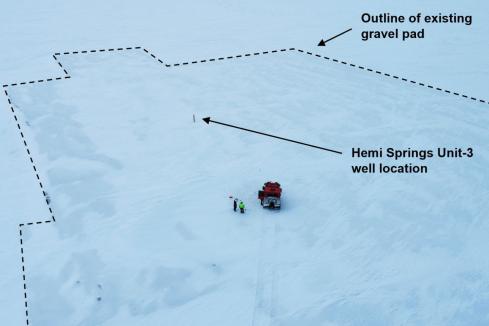88 Energy is eyeing up contingent resources in Alaska as it prepares to flow test two reservoir intervals in its Hickory-1 well, both of which showed strong hydrocarbon indicators during drilling. If the tests are successful, the company hopes the results will lead to the conversion of some of the prospective resource to the higher-confidence contingent category.


88 Energy is eyeing up contingent resources in Alaska as it prepares to flow test two reservoir intervals in its Hickory-1 well, both of which showed strong hydrocarbon indicators during drilling.
If the tests are successful, the company hopes the results will lead to the conversion of some of the prospective resource to the higher-confidence contingent category – a major step in the appraisal of the wider Phoenix project that sits on the Alaskan North Slope.
Following the arrival of the All American Rig-111, which is scheduled to begin mobilising to the site in the next two weeks, the flow test will target the Upper Slope Fan System (SFS) reservoir and the shallower shelf margin deltaic-B (SMD-B) reservoir, both of which showed good hydrocarbon indicators during drilling.
The Hickory-1 well, currently cased and suspended, intersected multiple hydrocarbon-bearing zones across all primary and secondary pre-drill targets and identified the new Upper SFS reservoir. Post-drill observations at the Upper SFS level suggested about 80 feet (25m) of net pay was intersected, with an average porosity of about 10.5 per cent and a high-case porosity of about 16 per cent.
During drilling, the Upper SFS reservoir provided significantly elevated mud-gas readings at about 15 times more than background, visual porosity in cuttings and immediate hydrocarbon shows following the application of solvent to cuttings – suggesting good permeability.
The company says the visual porosity in cuttings corresponded with neutron-density log crossover, indicating the SFS interval is made up of porous sands filled with oil.
Drilling observations in the shallower SMD-B zone were also suggestive of hydrocarbon presence. The company says drill cuttings at that level showed fluorescence under ultraviolet light, an indicator of hydrocarbon presence, and also showed elevated mud-gas readings.
Management says those indicators correspond with areas of high resistivity and neutron-density crossover, further supporting the presence of hydrocarbons in the interval.
The company says the SFS and the SMD-B zones will be independently isolated, stimulated and flowed to surface using nitrogen lift to assist in an efficient clean-up of the well.
The perforation, running of downhole completions and stimulation is expected to take about four days, followed by a clean-up and flow period of up to four days and a pressure build-up of up to two days for each zone.
88 Energy says the producing Codell field in Colorado is a strong, developed analogue for project Phoenix. Codell delivers robust economics from thinner reservoir, with lower permeability values, suggesting Hickory-1 may deliver strong flow test results.
The company says the Codell field gave up 30-day initial production (IP30) rates of more than 1000 barrels of oil per day and an estimated ultimate recovery (EUR) of more than 0.5 million barrels of oil.
The upcoming flow test at Hickory-1 will assess the productivity potential of the SFS and SMD-B reservoirs, which have an unrisked best estimate prospective oil resource of 134 million barrels and 224 million stock tank barrels (MMstb), respectively.
If the flow tests are successful, 88 Energy will be able to certify additional contingent resources in the reservoirs and move another step closer to appraising the discovery where it holds a 75 per cent working interest.
In November last year, the company certified an additional 250 million barrels of oil equivalent (MMboe) in its best estimate of gross contingent reserves within the basin floor fan (BFF) reservoir at Phoenix – the deepest reservoir hit by Hickory-1. It will likely be taking aim at repeating that feat, with test results on the horizon to kick off the process.
Is your ASX-listed company doing something interesting? Contact: matt.birney@businessnews.com.au













